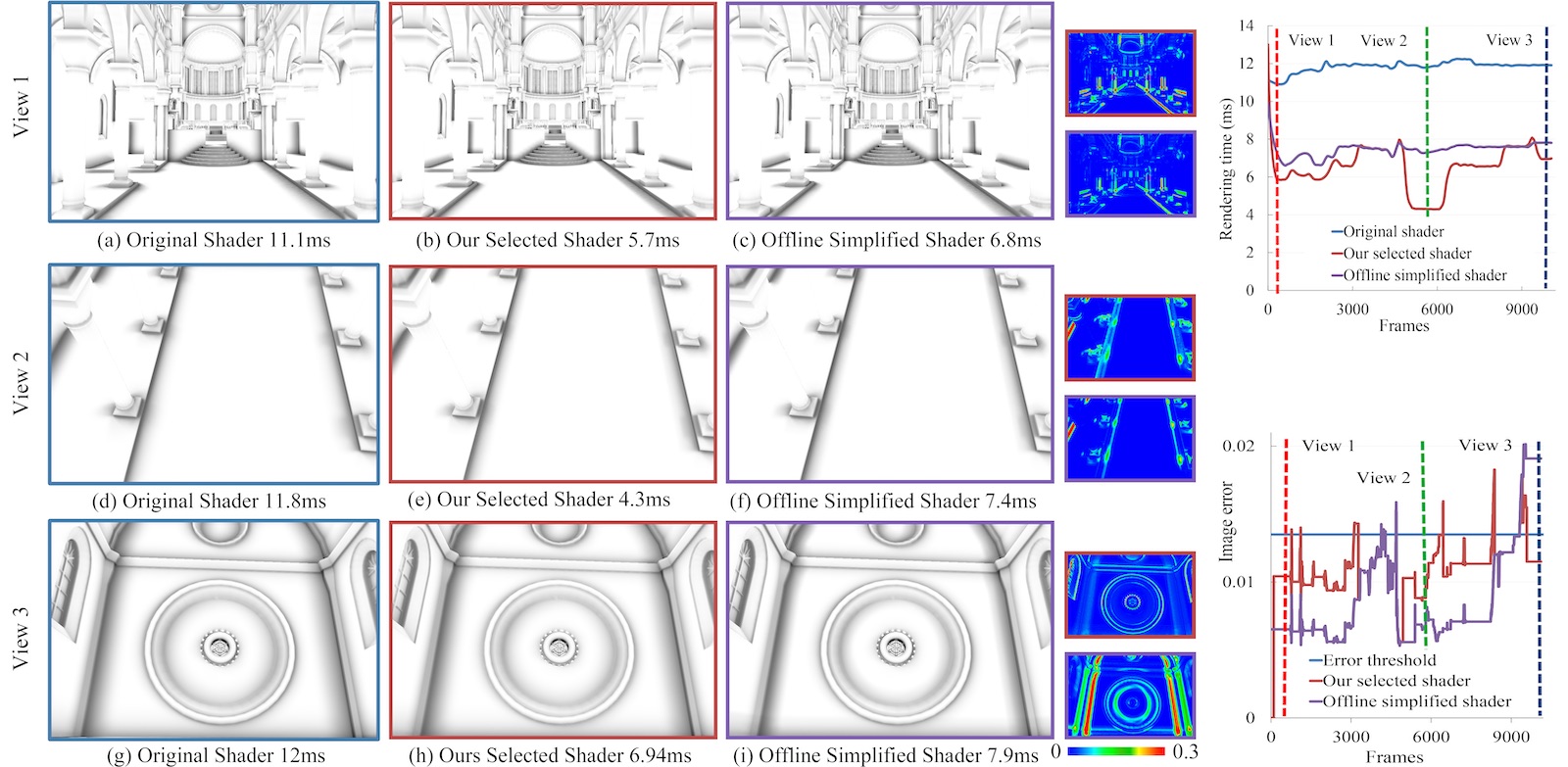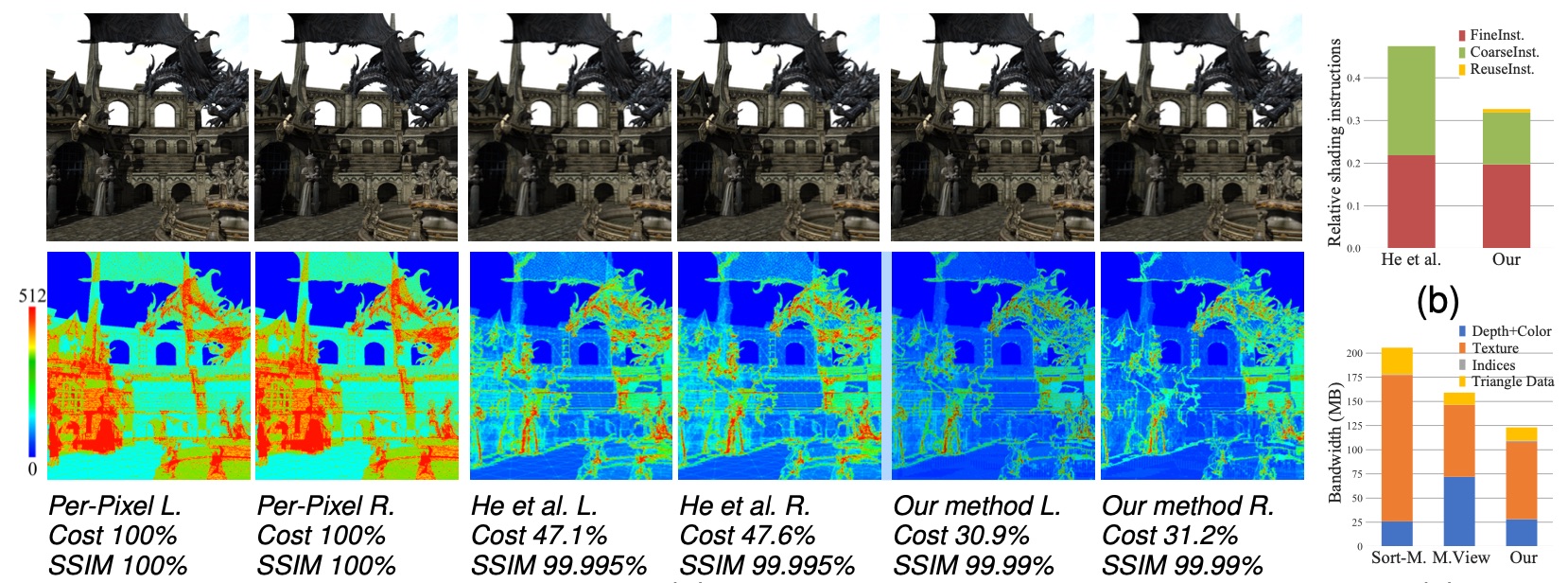Automatic Shader Simplification Using Surface Signal Approximation
Rui Wang,
Xianjin Yang, Yazhen Yuan,
Wei Chen,
Kavita Bala,
Hujun Bao,
State Key Lab of CAD&CG, Zhejiang University
ACM Transactions on Graphics (TOG), 33(6), 11 pages, ACM SIGGRAPH ASIA 2014





